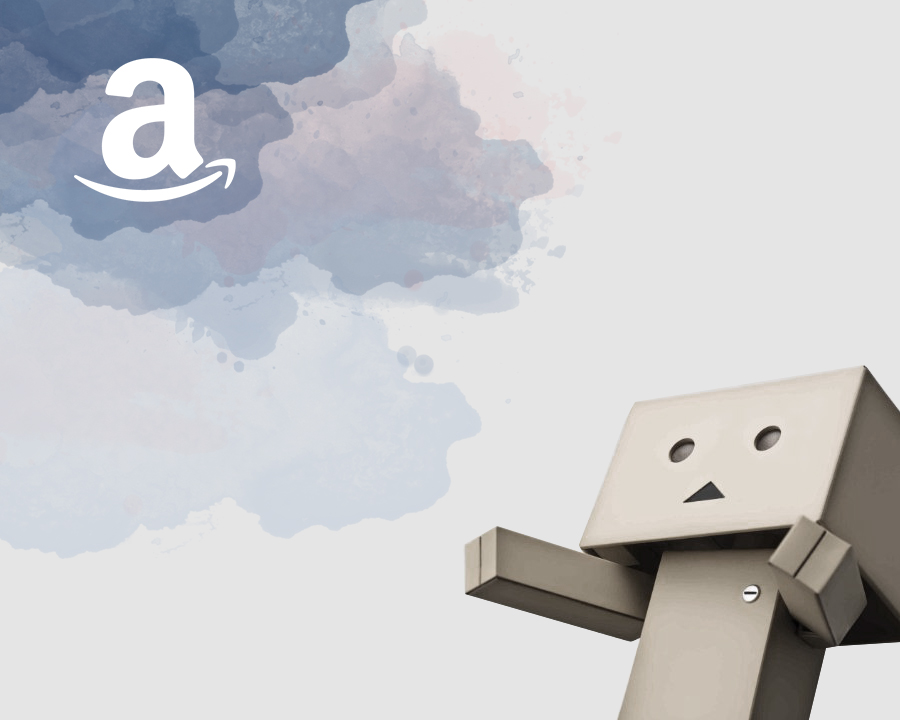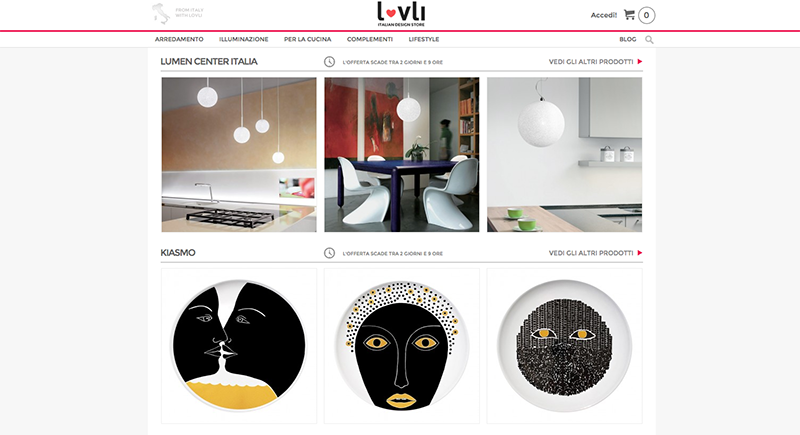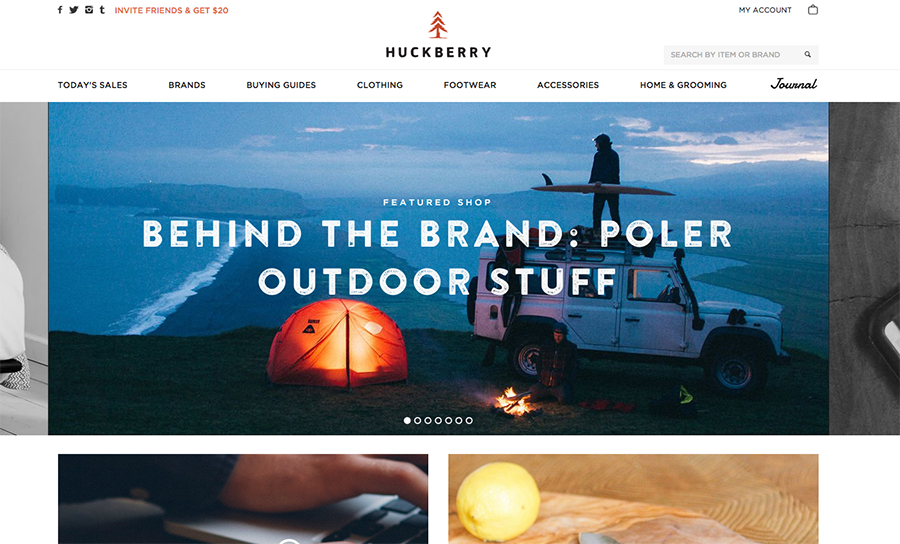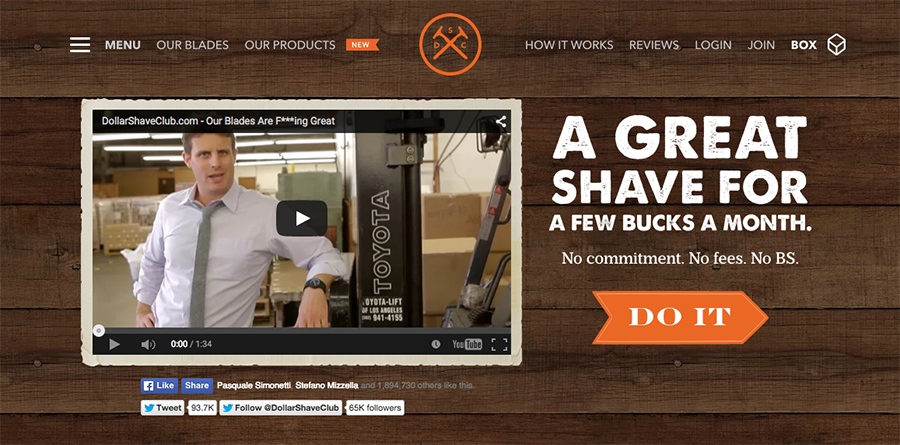We often meet clients who want to work with our web agency to build and launch a new e-commerce. Selling products online is extremely difficult, especially considering that it is a market dominated by a few major players.
In this post we describe 4 strategies to create a sustainable business even when facing Amazon.
For years it has been written that Jeff Bezos, founder of Amazon, was the modern Sam Walton.
Creator of the retail chain Walmart, Sam Walton placed customer care at the center of his company and the need to provide products at the lowest possible price.
That same attention was later replicated by Amazon starting in 1994, the year of its birth, but leveraging the advantages of the Web: the ability to serve customers worldwide from day one; infinite shelves; an immense amount of data about its customers, better customer service, and much more.
More recently, the names of the two giants were mentioned again when the Seattle-based company, born just over 20 years ago, surpassed Walmart’s market capitalization, reporting a market value of nearly $250 billion.
With a cocktail of wide selection, ease of purchase, and low prices, Amazon over the years has become a true giant, gaining many fans (among customers) and many detractors (among competitors).
On the other hand, if you operate in e-commerce and sell other brands, you are not only competing with local competitors but with everyone.
In this type of market, the company that wins is the one that achieves the greatest economies of scale, has a true obsession with cost optimization, and a long-term focus that allows it to forgo profits for years. Such a company obviously exists, and it is Amazon.

So how can you compete against the giant of eCommerce?
According to Andy Dunn, founder of the e-commerce Bonobos, four strategies remain to compete against Amazon: proprietary pricing, product selection, shopping experience, and brand creation.
Let’s look at them together.
Proprietary Pricing
Proprietary pricing is the model behind flash-sale sites. By offering exclusive access to a better price, an e-commerce can grow very quickly.
Obviously, the price of a product is a very important element in a purchase, and offering a substantial discount is a perfect strategy to attract new users.

The best evidence of this is Cyber Monday.
Or, without going too far, it is the model behind the Milan-based startup Lovli, with which our web agency worked in 2013.
Initially exploited by major brands to clear warehouses, today flash-sales are used by small companies that, alone, would not have the skills to enter the market or manage an e-commerce.
Flash-sales instead provide the opportunity to sell their products, increasing brand visibility.
Proprietary Selection
The strategy here is to focus on a very well-defined selection of products with a clear positioning.
In this case, the items are not exclusive to the e-commerce since they are produced by other brands. However, they can be perceived as such for three reasons:
- care in assortment;
- difficulty in finding the products elsewhere (online or offline);
- strength of the community created around the products.
Often the competitive advantage is intangible and lies in excellent selection and curation, since the proposed brands are presented with a clear and coherent message.

A great example of this strategy is Huckberry, an e-commerce dedicated to the outdoor world.
Founded in 2011 without external investment, today it has a team of 50 people and sells 20,000 products per year.
Focusing on a specific niche also brings the significant advantage of being able to create highly curated content, just as Huckberry has shown through its splendid HB Journal. The content is not an end in itself but becomes a true distribution channel for its products.
Shopping Experience
E-commerce also makes possible other models that previously would not have made sense. The most interesting of these is certainly the subscription model, of which we could cite countless examples.
In this case, there may be overlaps with some of the strategies mentioned earlier. BirchBox, for example, offers a very narrow and defined selection of its products, so its advantage lies both in proprietary selection and in a unique shopping experience. The same can be said of Dollar Shave Club, a true web phenomenon, which for a monthly fee sends blades and razors to your home at bargain prices.

Brand Creation
This is the situation in which a company creates a new brand and e-commerce is the main distribution channel. Obviously, by offering goods not available anywhere else, customers must buy directly from that specific e-commerce.
On one hand, the advantage will be greater control over margins; on the other hand, the challenge of this strategy is that you are not simply building an e-commerce but rather creating a true brand.
The difference compared to other strategies is substantial, as the game is played much more in the long term.

The Italian startup Quattrocento, which started working with our web agency in 2014, is a good example and has joined other startups such as Bonobos, Everlane, and Warby Parker in offering products entirely designed and produced internally.

For Quattrocento, The Rope handled not only the design and creation of their e-commerce but also the product photo shoots.
By cutting the cost of agents and distributors, Quattrocento is able to sell excellent glasses to its customers at affordable prices. This strategy also convinced several angel investors who decided to support the two young founders.
Amazon wants to become the destination where anyone can buy anything, and this has led it to include products from dozens of categories. Starting in 1994, when it only sold books, by 2011 its assortment already included 15 different product categories.
Although it may seem paradoxical, the next generation of e-commerce will instead have to focus on fewer products and try to exclude as much as possible.



